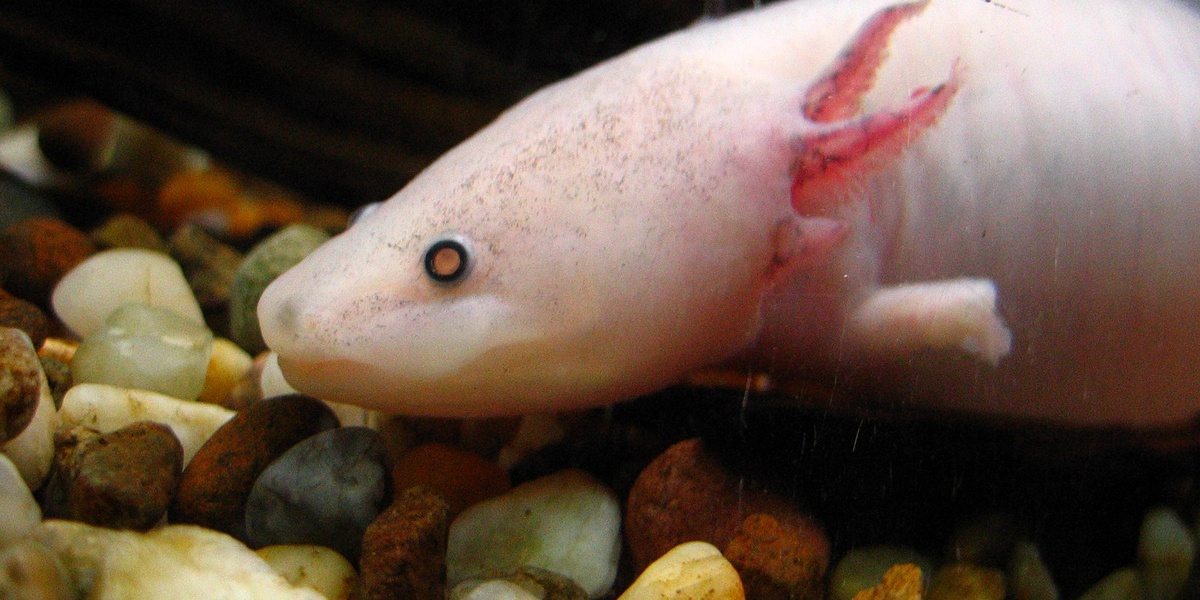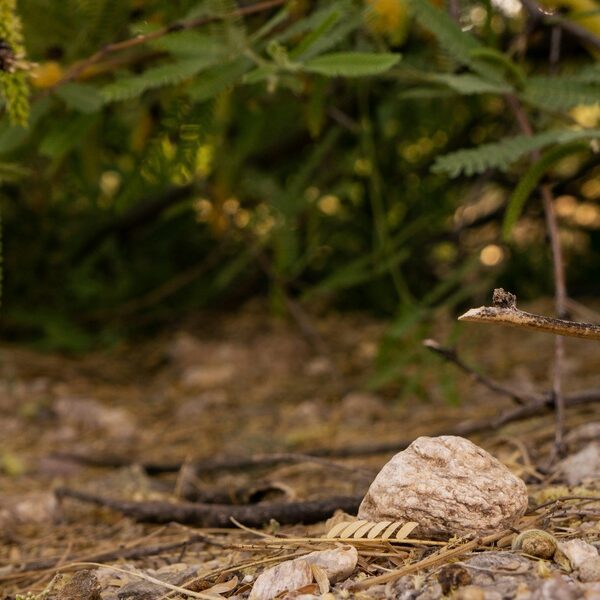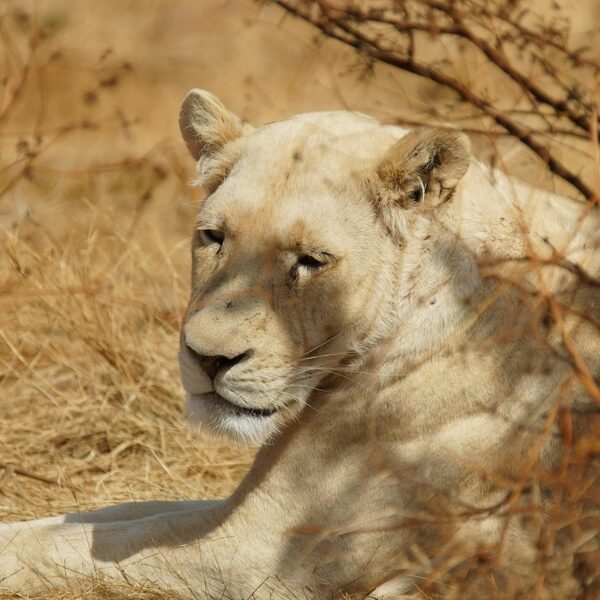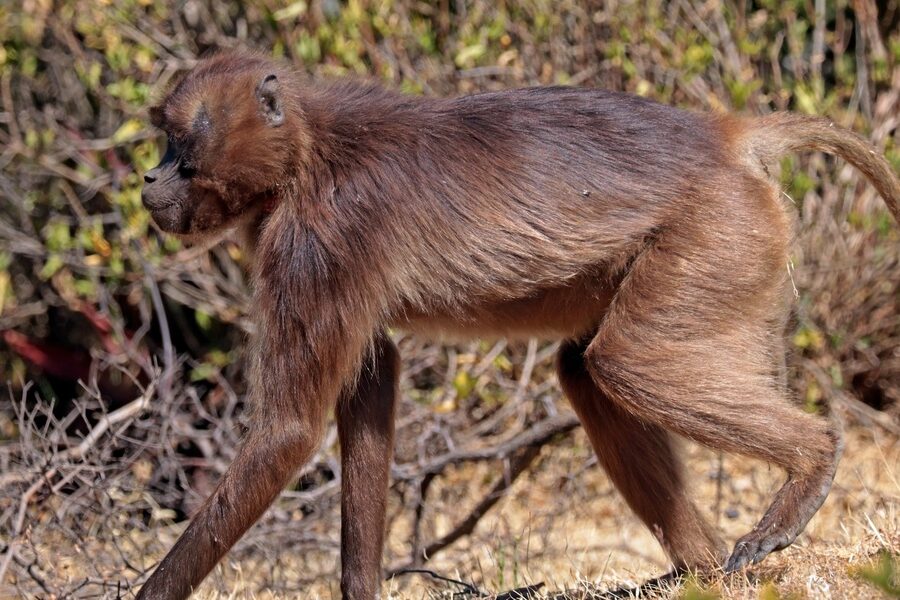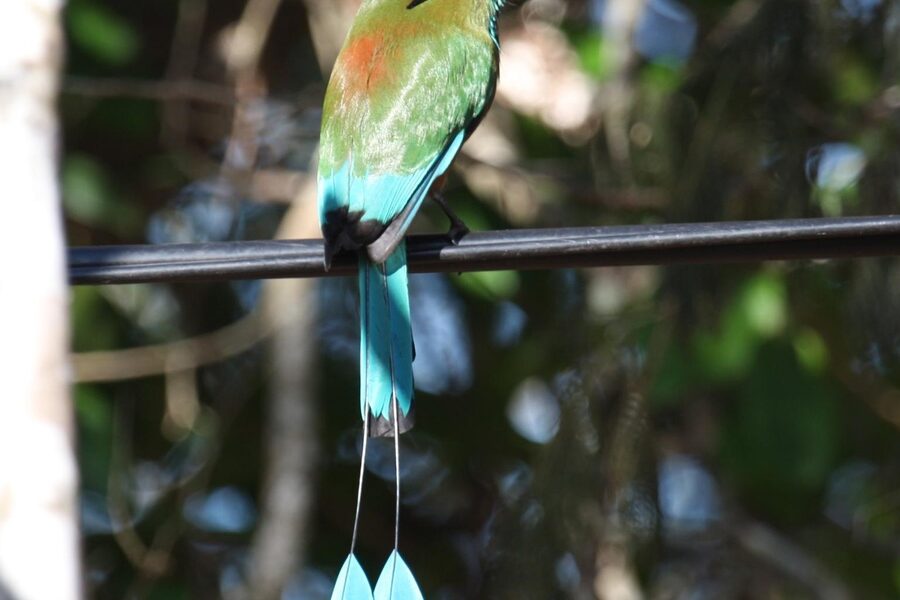If you’ve ever paused by a pond, peeked under a log, or watched a terrarium, you know amphibians can be surprisingly personable. From tiny, darting frogs to slow-moving salamanders, they show a lot of variety in color, behavior, and habitat — which makes spotting them rewarding whether you’re a casual observer or a hobbyist.
There are 27 cute amphibians, ranging from the African dwarf frog to White’s tree frog. For each species you’ll find below organized data in the format Scientific name,Size (cm),Range so you can compare at a glance; you’ll find below brief notes to help identify and appreciate each one.
How can I tell similar-looking amphibians apart?
Look for a few consistent clues: body shape and skin texture (smooth vs. warty), size and proportion, distinctive markings, and habitat preferences (aquatic vs. arboreal). Use the Scientific name, Size (cm), and Range columns below to match field observations to likely species.
Are any of these species suitable as beginner pets?
Yes — some, like the African dwarf frog and White’s tree frog, are commonly kept by beginners because of manageable care needs, but check specific range and husbandry needs first; captive-bred individuals and proper enclosure, diet, and water quality are key.
Cute Amphibians
| Name | Scientific name | Size (cm) | Range |
|---|---|---|---|
| Axolotl | Ambystoma mexicanum | 23 | Mexico (Valley of Mexico) |
| Red-eyed tree frog | Agalychnis callidryas | 6 | Central America (Costa Rica, Panama, Nicaragua) |
| Strawberry poison-dart frog | Oophaga pumilio | 2.5 | Central America (Costa Rica, Nicaragua, Panama) |
| Dyeing poison frog | Dendrobates tinctorius | 4.5 | Northern South America (Guyana, Suriname, Brazil) |
| Green-and-black poison-dart frog | Dendrobates auratus | 3.5 | Central America (Costa Rica, Panama, Nicaragua) |
| Bumblebee poison frog | Dendrobates leucomelas | 3.5 | Northern South America (Venezuela, Brazil, Guyana) |
| Fleischmann’s glass frog | Hyalinobatrachium fleischmanni | 3 | Central America (Costa Rica, Panama, Honduras) |
| Spring peeper | Pseudacris crucifer | 3.5 | Eastern North America (USA, Canada) |
| Pacific chorus frog | Pseudacris regilla | 4 | Western North America (USA, Canada) |
| Mimic poison frog | Ranitomeya imitator | 2.5 | Northern Peru, Ecuador |
| African dwarf frog | Hymenochirus boettgeri | 3.5 | Central and West Africa (Congo Basin) |
| Oriental fire-bellied toad | Bombina orientalis | 4 | Northeast Asia (China, Korea, Russia) |
| European fire-bellied toad | Bombina bombina | 4.5 | Central and Eastern Europe (Poland, Germany, Hungary) |
| Pacman frog | Ceratophrys cranwelli | 12 | South America (Argentina, Paraguay, Bolivia) |
| Tomato frog | Dyscophus antongilii | 7 | Northeast Madagascar |
| White’s tree frog | Litoria caerulea | 10 | Australia, New Guinea |
| Red-backed salamander | Plethodon cinereus | 5.5 | Eastern North America (USA, Canada) |
| Eastern newt | Notophthalmus viridescens | 8 | Eastern North America (USA, Canada) |
| Japanese fire-bellied newt | Cynops pyrrhogaster | 8 | Japan |
| Smooth newt | Lissotriton vulgaris | 7 | Europe and Western Asia |
| Olm | Proteus anguinus | 25 | Dinaric Alps (Slovenia, Croatia, Bosnia & Herzegovina) |
| Dwarf salamander | Eurycea quadridigitata | 5 | Southeastern USA (USA: Gulf Coast states) |
| Mudpuppy | Necturus maculosus | 28 | Eastern North America (USA, Canada) |
| Boreal chorus frog | Pseudacris maculata | 3.8 | North America (Canada, USA northern Plains and Rockies) |
| Glass frog (reticulated) | Centrolene peristictum | 3 | Andean cloud forests (Colombia, Ecuador) |
| Panamanian golden frog | Atelopus zeteki | 4 | Panama (endemic) |
| Oriental tree toad | Kurixalus eiffingeri | 3.2 | Taiwan, Japan (Ryukyu Islands) |
Images and Descriptions
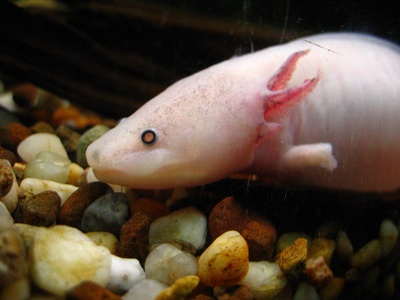
Axolotl
A permanently aquatic, neotenic salamander with feathery external gills and a wide, smiling face. Loved for its playful, puppy-like looks and remarkable regenerative ability that can regrow limbs, spinal cord and parts of its heart.
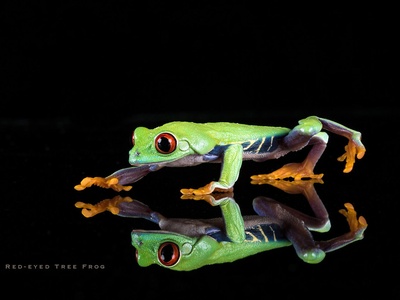
Red-eyed tree frog
Iconic bright-green frog with enormous red eyes and blue-striped sides. Its colorful, floppy appearance and nocturnal tree-hugging habits make it irresistibly photogenic; it tucks bright legs under leaf camouflage when threatened.
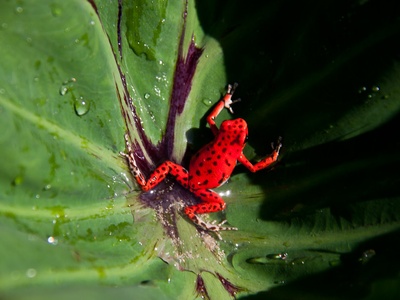
Strawberry poison-dart frog
Tiny, vividly red frog often kept in photos and terrariums for its cheerful color and compact build. Notable for active parental care: adults transport tadpoles individually to small water pockets after egg hatching.
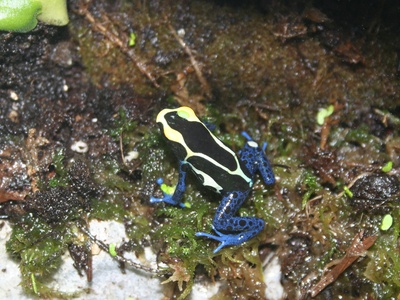
Dyeing poison frog
A bold-patterned, stocky poison frog with contrasting colors and a compact body that many find adorable. Notable for potent skin alkaloids and diverse local color variants across its range.
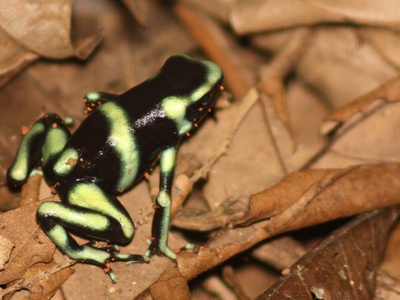
Green-and-black poison-dart frog
Shiny black frog splashed with vivid green or turquoise patterns and a small, rounded body. Popular in terrariums and notable for bright aposematic coloration warning predators of its toxins.
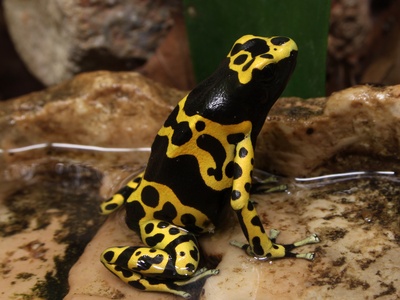
Bumblebee poison frog
Striped yellow-and-black frog with a compact, bold appearance like a tiny bumblebee. Its striking warning colors are memorable, and it’s a favorite for photographers and hobbyists interested in tiny, vivid amphibians.
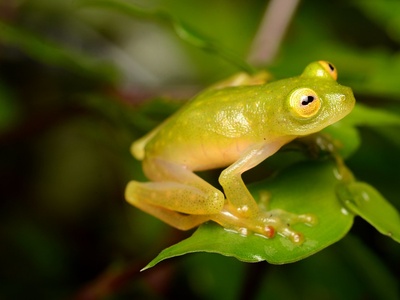
Fleischmann’s glass frog
Delicate lime-green frog with a translucent belly showing internal organs and oversized eyes. Its fragile, leaf-hugging posture and see-through underside create a whimsical, tiny-world charm for nature lovers.
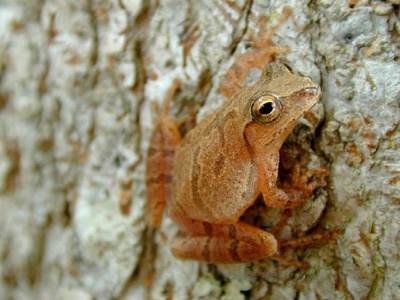
Spring peeper
A very small tree frog with big eyes and a cheerful, piercing spring call. Often spotted on wetland edges and backyard ponds, its compact body and loud voice make it a beloved harbinger of spring.
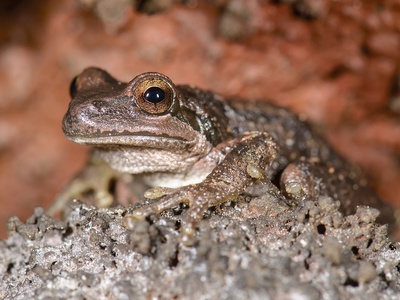
Pacific chorus frog
A small, adaptable chorus frog with rounded features and expressive eyes, common in gardens and wetlands. Its variable coloration and loud trilling song make it a friendly, familiar backyard amphibian.
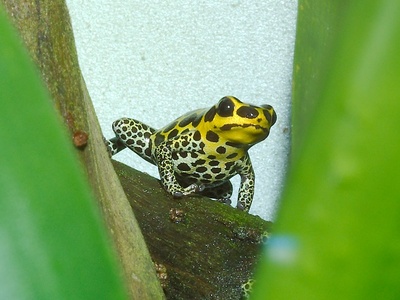
Mimic poison frog
Minute, brightly patterned frog famous for mimicking other poison-dart species’ colors. Tiny and active, it’s charming for its miniature size and complex parental care, with parents ferrying tadpoles to tiny water pools.
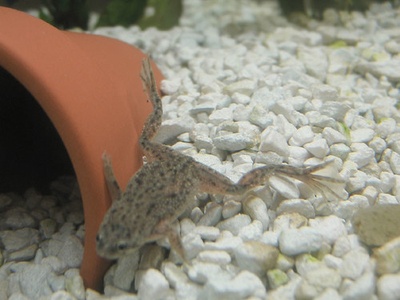
African dwarf frog
Small fully aquatic frog with webbed feet and delicate slender limbs that look perpetually playful. Popular in home aquaria for its tiny size, curious swimming behavior and soft, pancake-like appearance.
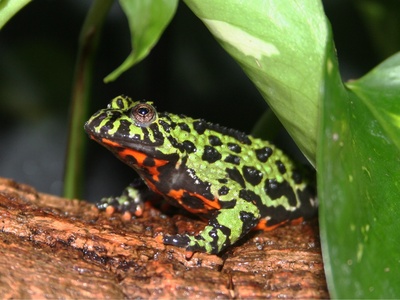
Oriental fire-bellied toad
A compact, squat toad with a glossy green dorsal side and a bright orange-red belly. Its theatrical unken reflex (flashing belly when threatened) and friendly, squat face are widely considered cute.
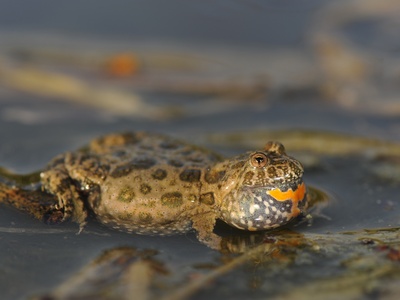
European fire-bellied toad
Small, rounded toad with a vivid orange-red belly and squat posture. Often seen sunning on pond edges, it uses bright ventral colors to warn predators while maintaining a pleasing, rotund appearance.
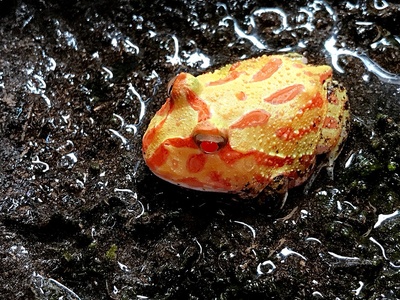
Pacman frog
A stout, round frog with a huge mouth and grumpy but endearing expression. Its compact, chubby body and ambush feeding make it simultaneously comical and popular as a captive pet.
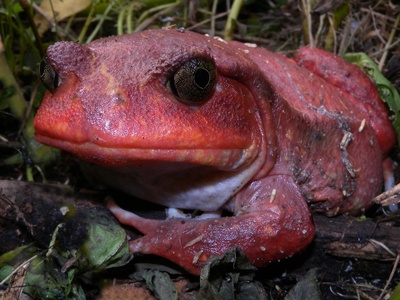
Tomato frog
Plump, bright-orange to red frog with a smooth, rounded body and tiny limbs, resembling a little tomato. When handled it can secrete a sticky substance; locals and visitors prize it for its cheerful color and shape.
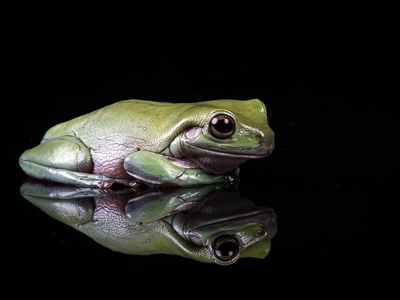
White’s tree frog
Large, chunky tree frog with a broad, smiling face and relaxed disposition. Known for its calm nature in captivity and pudgy, velvety appearance that many describe as froggy teddy-bear-like.
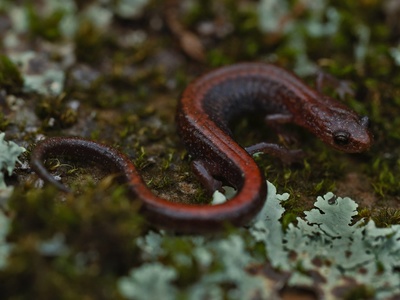
Red-backed salamander
Small, slender woodland salamander often sporting a bold red dorsal stripe and big gentle eyes. Its terrestrial habits, delicate feet, and curious head turns make it an appealing backyard find.
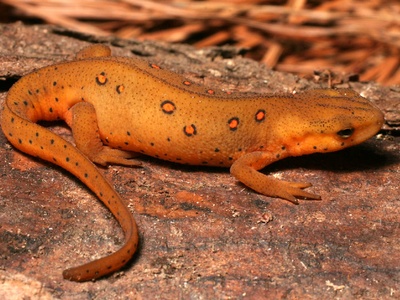
Eastern newt
Small aquatic salamander whose juvenile terrestrial “eft” stage is bright orange and instantly eye-catching. The species is notable for its three-stage life cycle and charismatic, miniature newt appearance popular with nature-watchers.
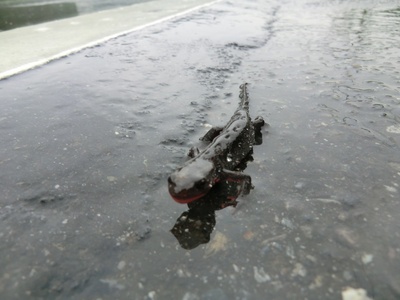
Japanese fire-bellied newt
Compact, smooth-skinned newt with an attractive orange-red belly and rounded body. It’s a popular pet and field species, notable for playful courtship displays and bold ventral warning colors.
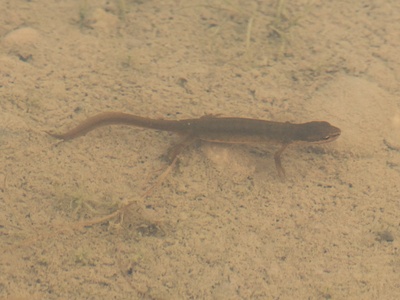
Smooth newt
A small, slender newt with a subtle olive-brown color and elegant, rounded tail. Breeding males develop a delicate crest that gives them a charming, ornate look that naturalists often find endearing.
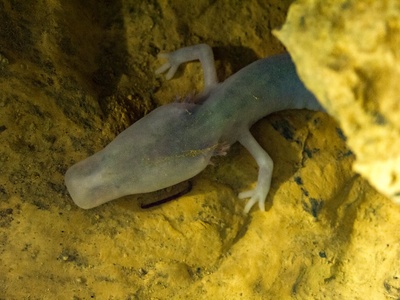
Olm
A pale, cave-dwelling salamander with translucent skin, small lidless eyes and feathery external gills. Its alien but gentle face, slow movements and rare status fascinate people; it remains aquatic and neotenic throughout life.
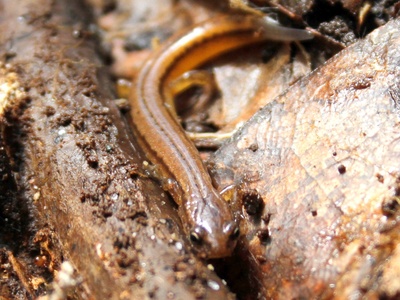
Dwarf salamander
Tiny, slender terrestrial salamander with delicate toes and big dark eyes. Its compact size, quick movements and bright reddish or yellowish dorsal tones make it a charming inhabitant of leaf litter and wet habitats.
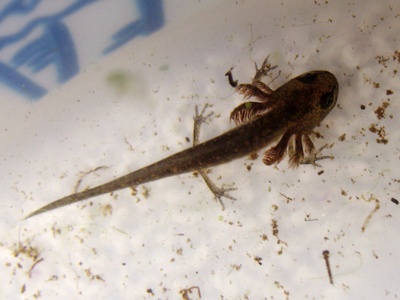
Mudpuppy
A large aquatic salamander with external feathery gills and a broad, friendly head. Despite larger size, the mudpuppy’s wide face and curious expression often elicit “cute” reactions from observers fascinated by its permanent juvenile features.
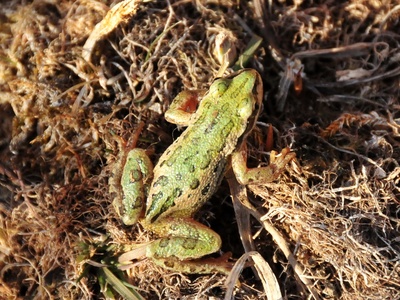
Boreal chorus frog
A small, spotted chorus frog with a rounded head and big eyes, known for loud peeping choruses. Its tiny size, personable face and springtime vocal displays endear it to pond-watchers and hikers.
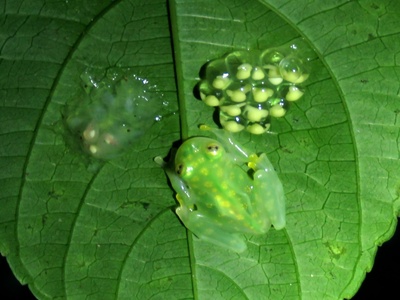
Glass frog (reticulated)
Translucent-bellied tree frog with a delicate, bright-green body and visible organs beneath. Its tiny, leaf-cradled posture and spooky-but-cute see-through belly intrigue photographers and ecotourists.
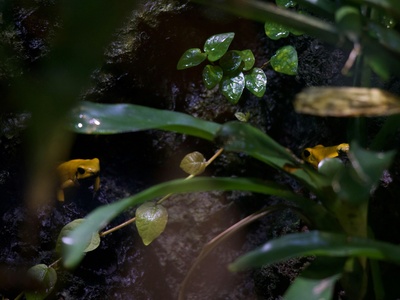
Panamanian golden frog
A small, bright yellow amphibian with a compact, squat body and charismatic, expressive face. Critically endangered in the wild, it’s culturally iconic and beloved for its bold color and tiny, animated posture.
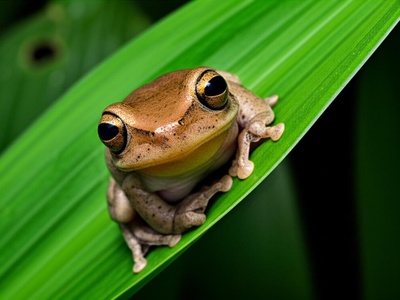
Oriental tree toad
A small, rounded tree frog with large eyes and a soft, plump appearance that clings to leaves and bamboo. Known for nesting in plant-held water and having a compact, adorable profile that attracts observers.
